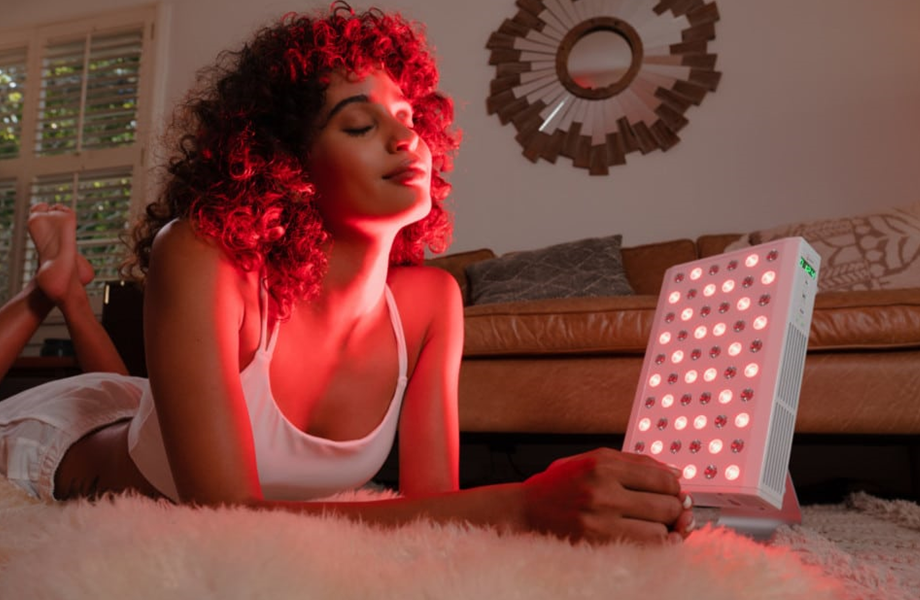Depression is a serious mental illness that can have long-lasting consequences if left untreated. It affects how someone feels, thinks, and behaves, often leading to feelings of sadness and loss of interest in activities once enjoyed. Fortunately, there are treatments available to help manage the symptoms of depression. One such treatment is light therapy – also known as phototherapy – which has been shown to be effective in treating mild to moderate cases of depression.
Light therapy works by exposing an individual to bright artificial light for a prescribed period each day. This exposure helps regulate the body’s production of serotonin, a key neurotransmitter responsible for regulating moods and emotions. By increasing serotonin levels in the brain, light therapy can help improve moods and reduce depressive symptoms such as low energy levels and difficulty sleeping.
Light therapy is typically administered using a “lightbox” – a device that emits full-spectrum bright white light at 10 times the intensity of regular household lighting fixtures. During sessions with this device, individuals are exposed to bright white light for 20-30 minutes per day while sitting or standing in front of it at least two feet away from its source. Lightboxes must be used consistently over several weeks before any benefits can be seen; most people experience positive results after four weeks or so on the treatment plan.

In addition to being relatively safe and easy to use in comparison with other forms of treatment such as drugs or psychotherapy, research suggests that light therapy may offer specific advantages when used as part of an overall treatment plan for depression: improved sleep quality; fewer side effects than medications; reduced risk for relapse; improved overall well-being; improved response rate compared with placebo treatments; enhanced cognitive functioning; lessened anxiety levels; and greater symptom reduction than drug therapies alone.
Overall, the effectiveness of light therapy depends upon consistent use according to one’s prescribed treatment plan by their healthcare provider. With proper usage over time, it can provide significant relief from depressive symptoms without any risks or side effects associated with more traditional forms of depression treatment options like medication regimens or psychotherapy sessions.
